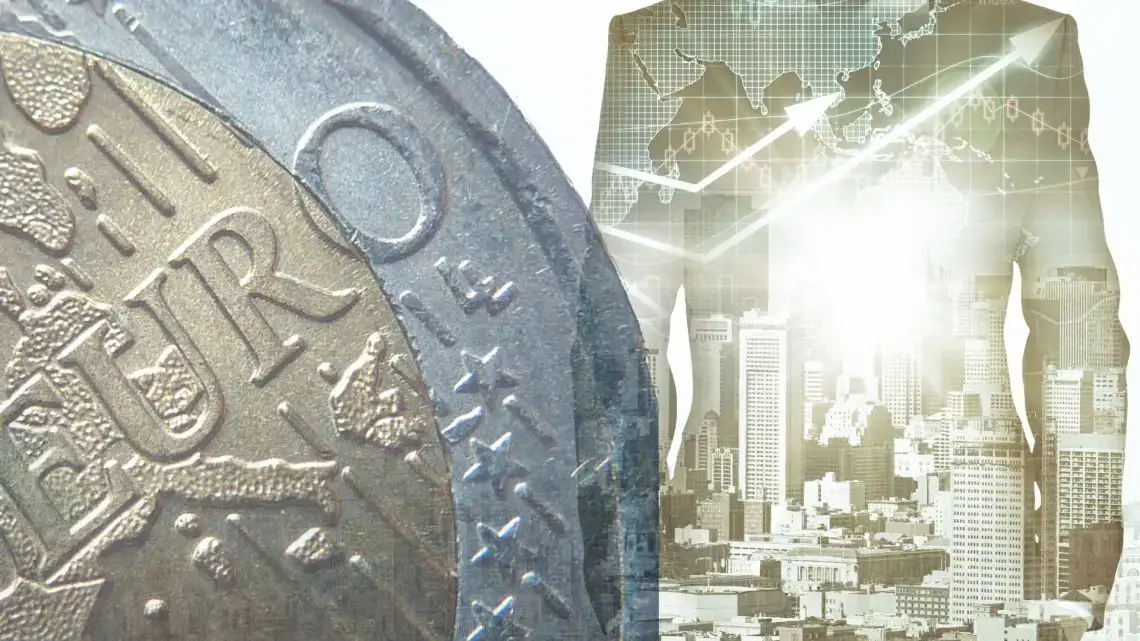Air Liquide Wins €110 Million Boost for Low-Carbon Hydrogen Project
Source:Hydrogen Fuel News

Air Liquide’s Low-Carbon Hydrogen Milestone Gets €110 Million Nod
French industrial gas supplier Air Liquide has taken a significant step in advancing low-carbon hydrogen technology with the ENHANCE project. Backed by a €110 million grant from the European Innovation Fund, this initiative aims to produce and distribute both low-carbon and renewable hydrogen derived from ammonia. Located in the Port of Antwerp-Bruges, Belgium, ENHANCE represents a leading-edge endeavor in scaling hydrogen as a clean source of energy for industries and mobility.
ENHANCE Project and Its Vision
The ENHANCE project will integrate groundbreaking technologies to transform the hydrogen production landscape. Air Liquide will construct a large-scale renewable ammonia cracking facility and an innovative hydrogen liquefier. These new developments mark a shift towards more sustainable practices by replacing natural gas with renewable ammonia as the primary feedstock for hydrogen production.
Key goals of ENHANCE include:
- Producing gaseous and liquid hydrogen derived from renewable ammonia.
- Contributing to the decarbonization of industries, including maritime transport and hard-to-abate sectors such as heavy manufacturing.
- Reducing CO2 emissions by more than 300,000 tonnes annually.
Armelle Levieux, Member of Air Liquide’s Executive Committee, emphasized how the project aligns with global industry needs, stating, “The combination of ammonia cracking and hydrogen liquefaction technologies offers an additional solution to support the growth of the global hydrogen market.”
How Air Liquide’s Hydrogen Technology Works
Air Liquide’s advancements in hydrogen technology are driven by a commitment to reducing carbon footprints and fostering sustainable energy practices. Here’s a breakdown of the core aspects of their approach:
-
Ammonia Cracking Technology
- Ammonia is used as a feedstock to produce hydrogen, eliminating reliance on natural gas.
- Ammonia is cracked into hydrogen and nitrogen through innovative processes.
-
Hydrogen Liquefaction
- The hydrogen produced is liquefied to enable efficient storage and transport, making it more adaptable for broad industrial use.
- Expands the feasibility of hydrogen as a fuel in industries and transportation sectors.
-
Carbon Reduction Commitments
- Air Liquide actively integrates low-carbon solutions in hard-to-abate industries while pursuing scalability for hydrogen markets.
These endeavors contribute to the development of a comprehensive hydrogen supply chain in Europe, potentially setting new global standards.
Additional Recent News from Air Liquide
Air Liquide has been making strides across several fronts to usher in a low-carbon future. Recent initiatives demonstrate the company’s proactive role in the energy transition and its focus on technological innovation.
-
Partnerships for Green Liquid Hydrogen
- Air Liquide joined the Zero Emissions Ship Technology Association (ZESTAs) in 2024. This collaboration supports the global adoption of green liquid hydrogen, particularly in maritime applications.
- Through ZESTAs, Air Liquide advocates for widespread hydrogen ecosystems at international levels.
-
Green Bond for Sustainable Growth
- To support clean energy projects, Air Liquide issued a €500 million green bond.
- This financing is targeted at low-carbon hydrogen production, carbon capture technologies, and other projects tied to the energy transition.
-
New Low-Carbon Hydrogen Facilities
- The company recently announced plans for facilities in locations such as Nevada, USA, and several European markets. These projects aim to ramp up hydrogen availability and accessibility.
-
Industrial Decarbonization Partnerships
- Air Liquide has also engaged in collaborations with industrial giants to integrate low-carbon hydrogen into manufacturing processes. These partnerships include decarbonizing steel production and chemical processing industries.
The ENHANCE project not only highlights Air Liquide’s technical capabilities but also underscores how global industries can utilize such advancements today. Hydrogen technology offers practical, scalable solutions for reducing emissions in shipping, manufacturing, and urban transport. By replacing fossil fuels with hydrogen, companies can significantly cut greenhouse gas emissions and make meaningful contributions toward environmental goals.
-
Immediate Applications
- Industries can invest in infrastructure for hydrogen adoption in trucks, ferries, and cargo ships.
- Partnerships between innovators (such as Air Liquide) and governments can expedite clean energy initiatives for public transport systems.
-
Long-Term Impact
- Projects like ENHANCE help establish a reliable hydrogen supply chain, reducing dependency on non-renewable energy while spurring economic growth through clean technology.
The timing of such advancements is critical. Europe’s energy transition goals include carbon neutrality by 2050, and projects like ENHANCE actively push industries, policymakers, and consumers closer to that target. While the groundwork requires significant investment and strategic foresight, the benefits extend across economic, environmental, and social dimensions—proving that low-carbon hydrogen technologies like those pioneered by Air Liquide are essential for achieving a sustainable world.
